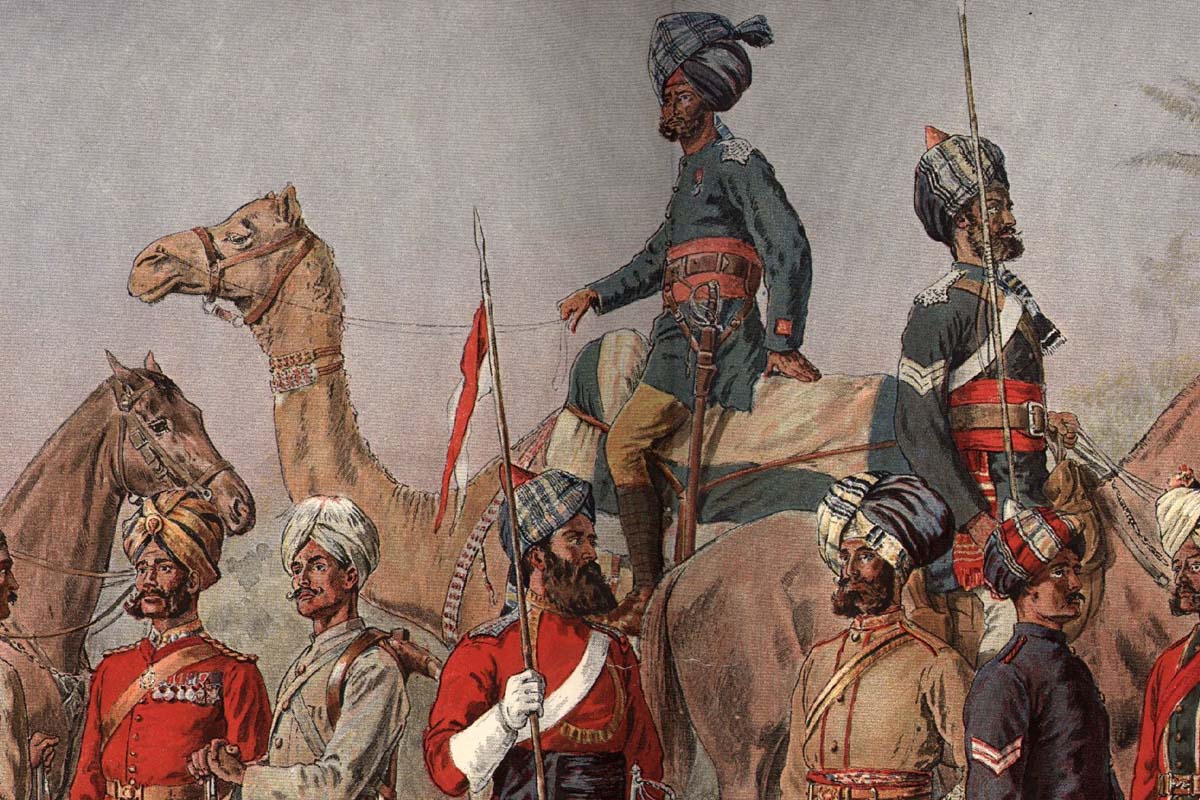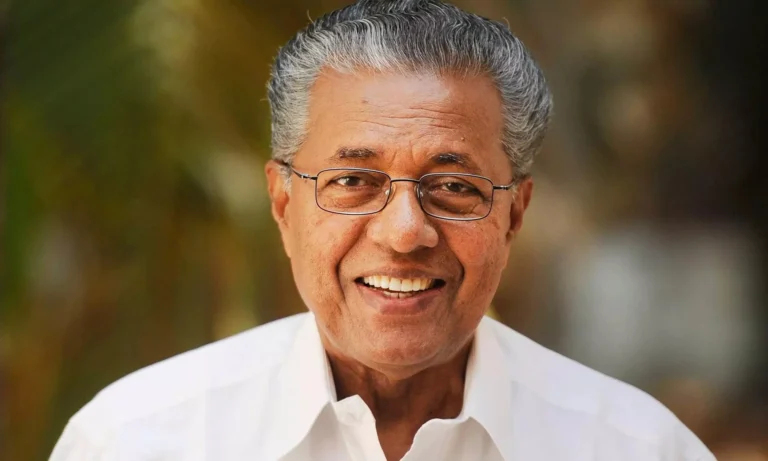
Dyarchy at the provinces was established. Under this, the subjects of administration were to be divided into two categories- Central and Provincial. The provincial subjects ere sub-divided into ‘transferred’ and ‘reserved’ subjects.
There was a relaxation of the central control over the provinces not only in administrative but also in legislative and financial matters.
The governor general was given freedom to nominate as many members to his Executive Council as he desired. The concilors were nominated for five years and could be denominated.
The central legislature consisted of two houses.
The Council of states composed of 60 members of whom 34 were elected of and a Lower House, named the legislative Assembly, composed of about 144 members of whom 104 were elected. The powers of both the Houses were equal except that the power to vote supply was given exclusively to the Legislative Assembly.
# Government of India Act 1919
Learn More: Kerala PSC Preliminary Syllabus for 10th Level Exams









